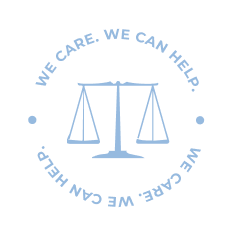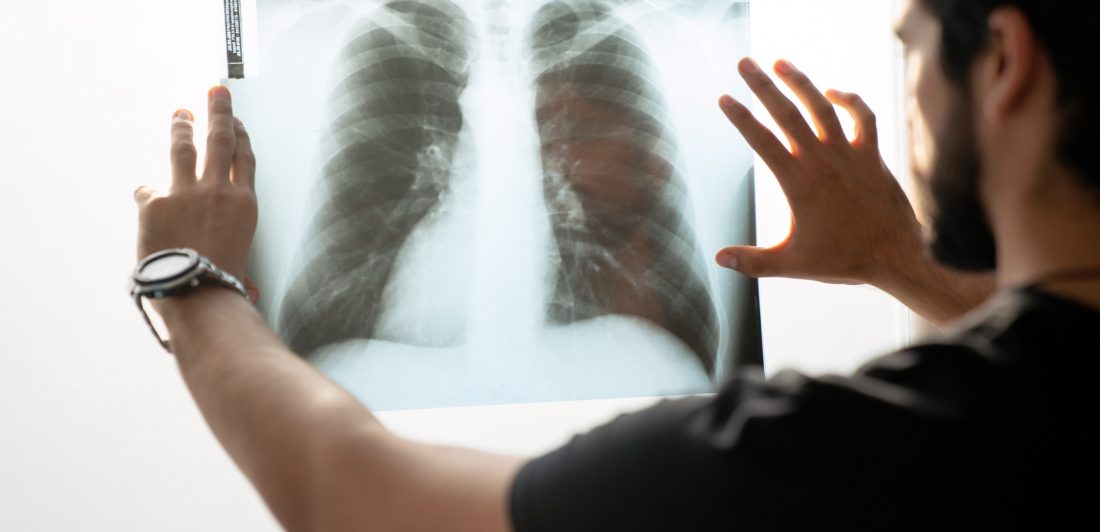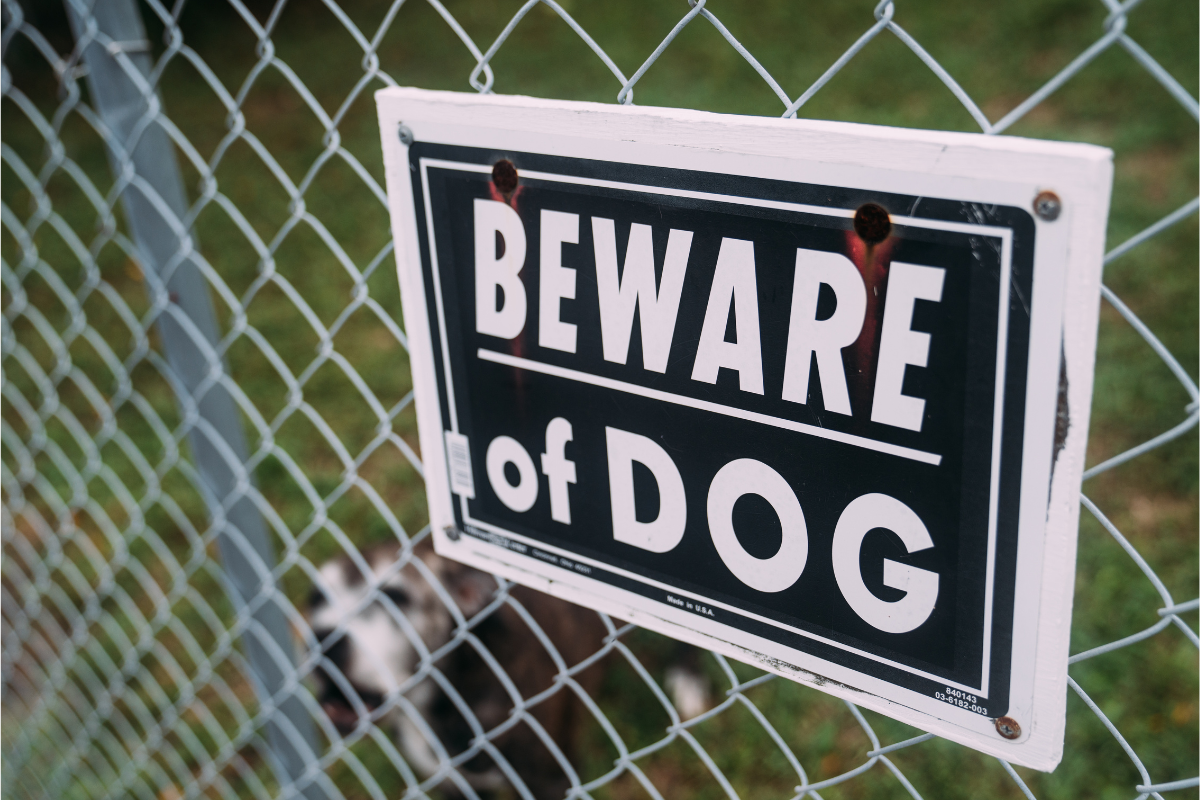There’s nothing like a good cup of coffee in the morning. Millions of people across the world rely on their “cup of joe” to give them a caffeine boost at all times of the day (and sometimes night.) However, what many don’t know is that coffee naturally contains a chemical compound called diacetyl.
Don’t worry, coffee drinkers; this chemical is safe for consumers. Unfortunately, it’s starting to become an issue for those who work in the coffee roasting industry due to its link to a severe respiratory condition called popcorn lung.
What is Diacetyl?
Diacetyl is a chemical compound that has a butter-like taste and smell. Although it’s mainly used to add a butter flavor to food products, it can also be used in other dairy flavorings like cheese, milk, and yogurt. Additionally, food manufacturers may use diacetyl in “brown” flavors such as caramel, butterscotch, and coffee. Some of the most common food products that contain diacetyl in the flavoring are: microwave popcorn, snacks, baked goods, and candy.
Although food manufacturers use diacetyl to add flavors to other foods, it is a naturally occurring compound. Diacetyl exists naturally in some plants and can be released during certain cooking processes. For example, diacetyl is naturally created during the production of the following foods and beverages:
- Butter
- Cheese
- Milk
- Yogurt
- Whiskey
- Wine
- Beer
- Vinegar
- Roasted coffee
- Processed tomato products
- Citrus juices
Why is Diacetyl Dangerous?
Although the FDA states that diacetyl is safe for consumption, food production workers are often exposed to this compound in ways and quantities that average consumers are not. Unfortunately, food production workers that work with diacetyl can inhale the vapors in high concentrations. Too much diacetyl exposure can lead to irritation of the respiratory tract and ultimately to a condition called bronchiolitis obliterans, aka popcorn lung. Workers who have developed popcorn lung after exposure to high levels of diacetyl can potentially file a popcorn lung lawsuit.
What is Bronchiolitis Obliterans, or Popcorn Lung?
Bronchiolitis obliterans is a severe respiratory condition. It occurs when the smallest airways in the lung, called the bronchioles, become scarred and constricted. The scarring and inflammation in these tiny airways blocks air movement from the lungs to the bloodstream, which can severely restrict oxygen flow to the body. Unfortunately, there is no cure for bronchiolitis obliterans. Those diagnosed with bronchiolitis obliterans will have to manage symptoms for the rest of their lives, and the most serious cases often require lung transplants.
Why is Bronchiolitis Obliterans Called “Popcorn Lung?”
Bronchiolitis obliterans has the nickname “popcorn lung” not because it causes the lungs to look like popcorn, as some might think. Rather, it received the name after a cluster of cases developed in workers at microwave popcorn factories. Doctors later discovered that the workers had been exposed to high levels of diacetyl, which led to their condition.
However, popcorn factories are not the only places people can face high levels of diacetyl exposure. Other industries where diacetyl exposure is common include coffee roasting, dairy processing, flavoring manufacturing, and food production.
What are the Symptoms of Bronchiolitis Obliterans?
There are several symptoms of bronchiolitis obliterans, including:
- Coughing
- Shortness of breath
- Wheezing
- Tiredness
- Fever
- Night sweats
- Skin rash
- Scarring and hardening of lung tissue
- Weight loss
- Skin peeling
- Eye, nose, throat and skin irritation
Who is Most at Risk for Bronchiolitis Obliterans?
The people most at risk for developing bronchiolitis obliterans are those who are face diacetyl exposure through their work. Typically, workers exposed to diacetyl work with flavorings or chemicals in the following industries:
- Microwave Popcorn Manufacturing
- Coffee Roasting
- Flavoring Manufacturing
- Bakery and Confectionery
- Food Production
- Dairy Processing
- Chemical Manufacturing
- Vaping and E-cigarette Manufacturing
- Agricultural and Farming
- Popcorn Flavoring and Snack Manufacturing
- Fragrance and Aroma Industry
- Chemical Cleaning Industry
- Pharmaceutical Manufacturing
If you work or have worked in any of these industries, it’s important to follow safety protocols and be aware of the symptoms of bronchiolitis obliterans.
Diacetyl Exposure in Coffee Roasting Leads to Popcorn Lung Lawsuit
The dangers of diacetyl are not new to food industries such as microwave popcorn manufacturing. However, another industry has recently come under speculation for diacetyl exposure: the coffee roasting industry. As mentioned earlier, diacetyl is a naturally-occurring compound that can be released during certain cooking processes, including roasting coffee beans.
The coffee beans release diacetyl and other compounds when exposed to high temperatures during the roasting process. Unfortunately, workers at coffee roasting plants can face unsafe levels of diacetyl exposure at their job. This diacetyl exposure can lead to bronchiolitis obliterans, or popcorn lung.
Who Can File a Popcorn Lung Lawsuit?
Employers have a duty to keep their employees safe. Those who work in food industries know that diacetyl is a dangerous chemical that can cause bronchiolitis obliterans, so they should take steps to protect their employees. Therefore, employers have a responsibility to safeguard workers from too much diacetyl exposure by:
- Installing and using proper ventilation systems
- Equipping workers with protective gear
- Monitoring diacetyl exposure levels to ensure safety
Those who believe their respiratory conditions, such as bronchiolitis obliterans, may be linked to diacetyl exposure can look into filing a popcorn lung lawsuit. Our toxic tort attorneys can help you determine whether you have a claim and walk you through the legal process. Consultations are free, and we are available 24/7.
The Carlson Law Firm Can Help
If you’ve been exposed to high concentrations of diacetyl and have developed severe respiratory conditions such as bronchiolitis obliterans, you may want to consider joining the popcorn lung lawsuit. Our caring and compassionate toxic tort attorneys can help you get the compensation you deserve and hold negligent employers accountable. While it may sound complicated, our legal teams are here to help you through every step. We care, and we can help.




